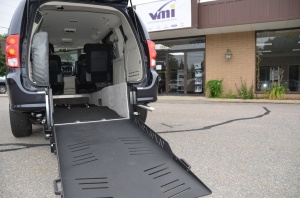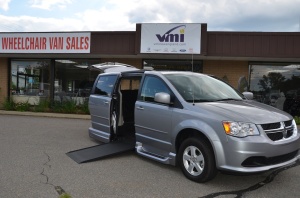
Automotive Innovations, Your New England Mobility Resource understands a wheelchair van is much more than a way to get around. It means independence, a higher quality of life and freedom. We also understand that people with disabilities often struggle with medical bills, limited income and other financial obstacles that can make owning a handicap van seem unrealistic.
A wheelchair van is more obtainable than you realize. Numerous grants and reimbursements are offered from varied sources. And now you’ve found the most comprehensive online resource for wheelchair van financial assistance options. Explore the links below to discover the available grants, rebates and reimbursements for buying a wheelchair van or modifying a car with adaptive driving equipment.
OEM Rebate Programs
Learn about rebates offered by original equipment manufacturers. Vehicle manufacturer programs that give money back on new wheelchair vans or handicap van conversion equipment are a great way to cut your costs.
Organizations that Award Grants
See a list of nonprofit organizations and associations that award grants to people with physical disabilities. Grants can significantly offset the expense of a wheelchair van or adaptive driving equipment.
Financial Aid for Veterans
Find sources of funding for veterans of the U.S. military. Most veterans are eligible for partial or complete aid for acquiring a wheelchair van.
Assistance for Families with Disabled Children
Read about aid benefiting families of children with special mobility needs. Grants for physically disabled children help families afford a handicap van.
State Grants
Search for grants given out by your state. Every state provides financial aid to the physically disabled. Your state government is an essential source to help make a wheelchair van, accessibility modification or adaptive driving controls more affordable.





